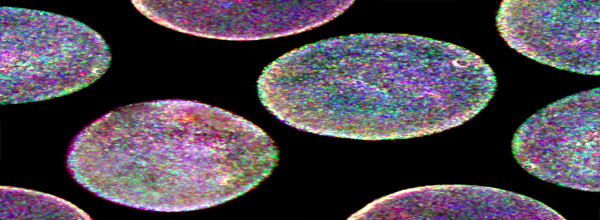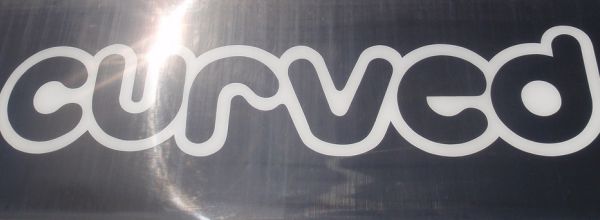The Beginner’s Guide to Reading Plasmid Maps
Plasmid maps are a cornerstone of biology, but they are confusing to read for beginners. Our easy guide tells you how to read them, where to look for essential information, and how to avoid common mistakes.






































